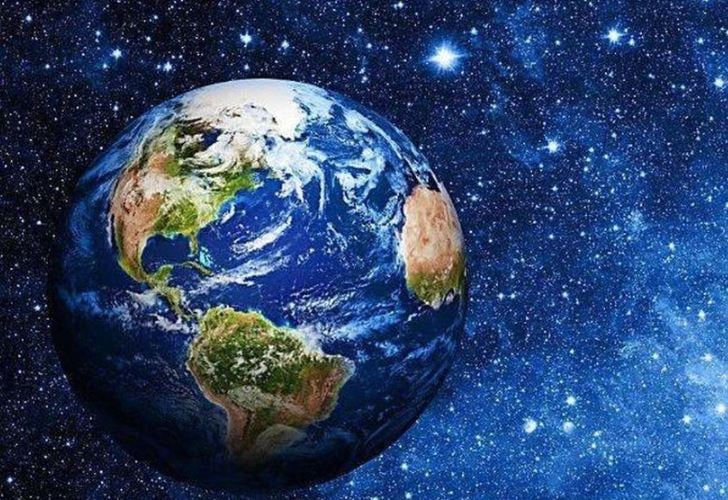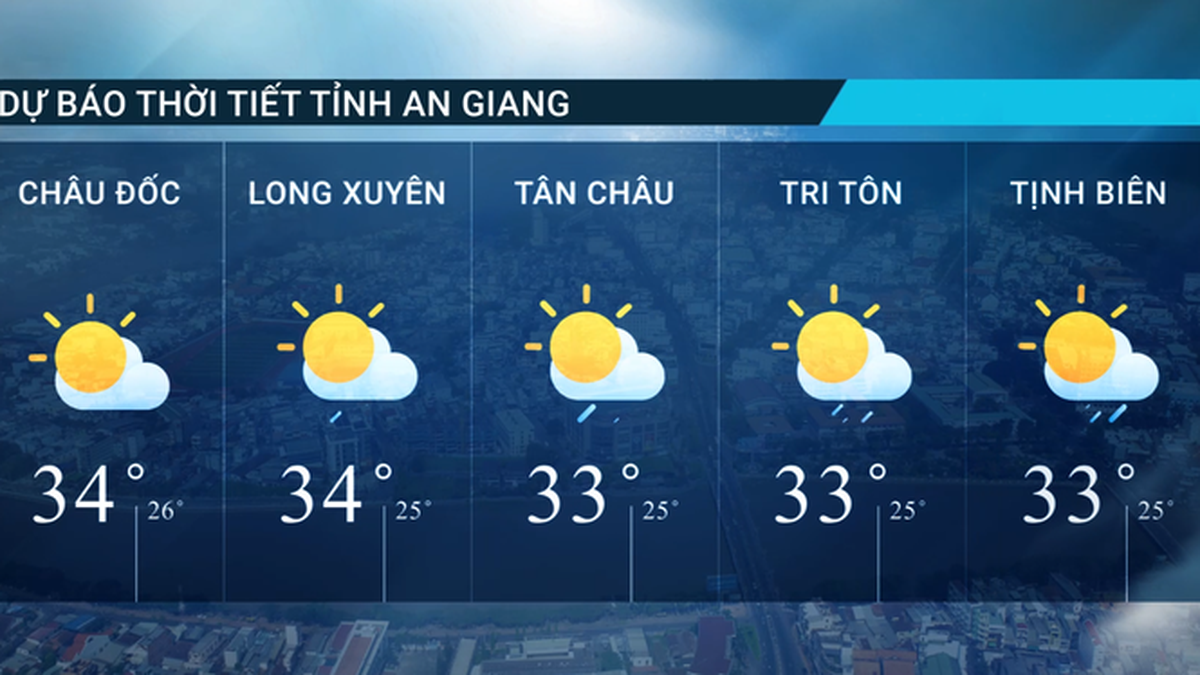Starting from a giant swirling cloud of dust
The story begins about 4.6 billion years ago, when the Solar System was still a giant cloud of dust and gas called a nebula. Under the influence of gravity, this cloud began to collapse and form the Sun at the center and the planets orbiting around it – including Earth.
But more importantly, the cloud wasn’t stationary. It had a slight rotation to begin with—a motion called angular momentum. And as the cloud contracted, its rotation increased, like an ice skater pulling in his arms to spin faster. That initial rotation was preserved, and the Earth was born with that rotation.

Illustration photo.
Space: the ideal place for perpetual motion
Unlike a wheel that has to endure friction with the road surface, the Earth exists in a near-absolute vacuum of space, where there is no significant resistance. Therefore, according to the law of conservation of angular momentum, if there is no strong external force, a rotating object will continue to rotate forever.
Our Earth currently rotates on its axis once every 23 hours and 56 minutes, creating the phenomenon of day and night. This is one of the most important natural mechanisms that affects all life on the planet.
The Moon and tidal forces silently slow down the rotation
Although the Earth rotates almost continuously, its rotation is not completely constant. The Moon – whose gravitational pull on the oceans creates tides – saps some of the Earth’s rotational energy. As a result, the rotation slows down ever so slightly: on average, a day on Earth grows about 1.7 milliseconds longer every century.
Although this speed is very small and almost imperceptible in everyday life, it has made a day on Earth last several hours longer if we look back millions of years.
What would happen if the Earth stopped rotating?
If the Earth suddenly stopped rotating – which is highly unlikely – the consequences would be dire. The entire planet’s surface would be exposed to winds traveling thousands of miles per hour, the oceans would rush to the poles, and life would be in serious danger.
However, that scenario exists only in theory, as no force currently exists large enough to stop the blue planet's rotation.
The circle of life
The Earth rotates – not because of a miracle, but because of ancient physical laws that shape the motion of the universe. It is this rotation that creates day and night, shapes ecosystems, and regulates the biological rhythms of all living things, including humans.
And until some great cosmic event occurs – perhaps a celestial collision or the intervention of an extraterrestrial force – the Earth will continue its eternal rotation, a living testament to the wonder of the universe since its inception.
Source: https://doanhnghiepvn.vn/cong-nghe/vi-sao-trai-dat-quay-mai-khong-ngung-cau-chuyen-vi-dai-dang-sau-vong-xoao-cua-hanh-tinh-xanh/20250419015606649
































































































Comment (0)